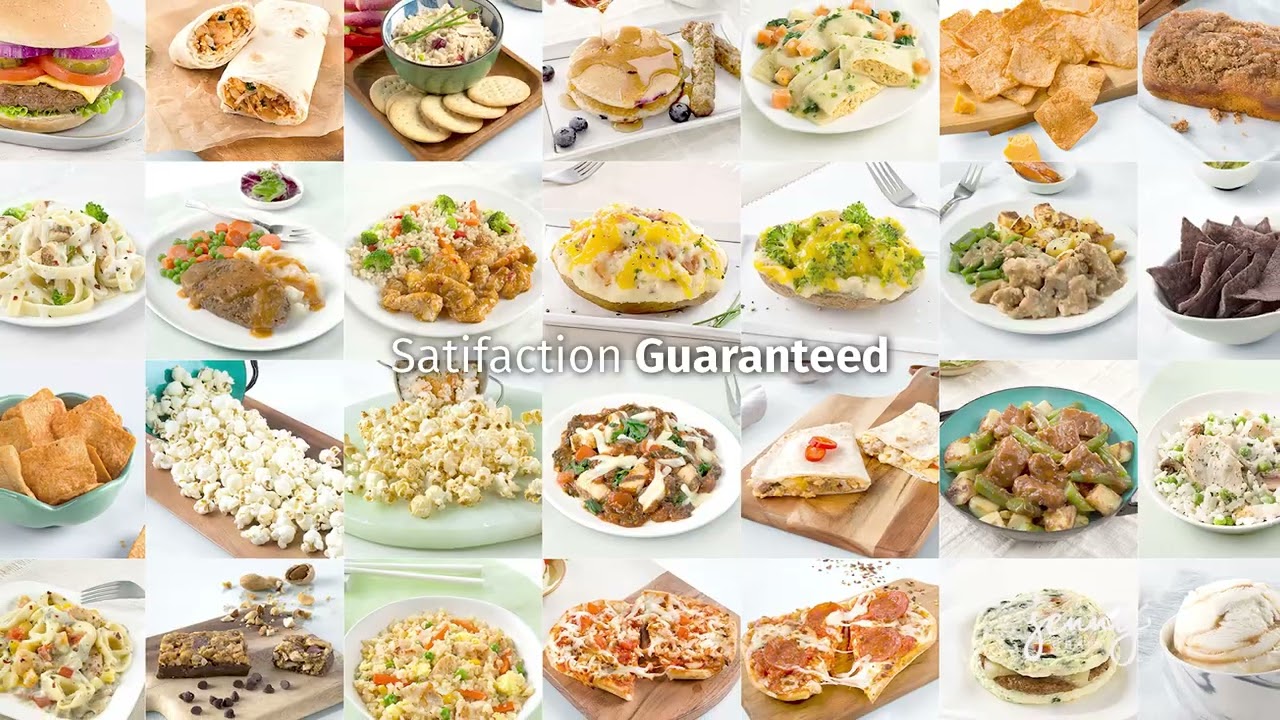
San Diego is home to many vegan-friendly restaurants. Listed below are some of the best restaurants for vegans in the area. These restaurants serve delicious vegan food and all-vegan meals. The restaurant's breakfast menu is loaded with options, including tofu scramble, tater tots, chili, avocado, Texas toast, and chocolate-chip pancake slam. You can also indulge in some vegan junk food here.
Loving Hut
Loving Hut for vegans is an establishment that offers tasty and accessible vegan fare. You can find delicious food at any of their restaurants, no matter if you're a beginner or an experienced vegan. There are over 200 locations currently in 35 countries. Loving Hut's website will help you locate a restaurant close to you. The chain offers many varieties of food. This is a vegan fast-food chain that focuses on gourmet, plant-based cooking.

El Mundo
This Latin American cafe is located in Madrid and serves vegan food. There are many options for children, including a large patio. You don't have to dress up for the event, either. Families can order takeout. El Mundo is the best place to eat in the city.
Mayan Cafe
Mayan Cafe is popular for vegans. The restaurant is part and parcel of the Louisville farmto-table movement. The restaurant's main menu features seasonal vegetables. Those seeking an authentic taste of the Mayan culture won't be disappointed.
Screamer's
Screamer's Vegan Restaurant, a new restaurant that opened in Greenpoint, Brooklyn last June, is now open. The concept of a slice shop centered on vegan food has been around for a long time, but now it's bringing its own twist to it by serving vegan cheese pizzas. The menu offers 13 different pizzas that are topped with vegan meats and cheeses. You can also choose from vegan sausage, avocado, and broccoli rabe.
Dirt Candy
Dirt Candy may sound appealing to vegans. It's not only for vegans, the good news is. Cohen created a new style in vegetable cooking and does not use processed meats. You can still indulge in decadent and delicious vegan dishes, unlike some vegan restaurants. The restaurant welcomes all sorts of food and is highly creative.

The Ivy
The Ivy on the Square in Edinburgh is the perfect place to go if you are looking for a vegan and vegetarian restaurant. There are many delicious choices on the new vegetarian and vegan menus at The Ivy on the Square. This new restaurant caters to both locals and tourists alike, and its menu includes both traditional vegetarian and vegan fare. The menu allows vegetarians and vegans to easily find their favourite dishes. There are many vegetarian and vegan options at The Ivy, including snacks, mains and sides as well as desserts.
FAQ
How often should I exercise?
Fitness is key to a healthy lifestyle. But, you don't need to spend a specific amount of time exercising. It is important to find something you enjoy, and then stick with it.
You should aim to do 20-30 minutes of moderate intensity exercise three times per week. Moderate intensity will mean that you'll continue to be exerting yourself afterward. This type is good for burning around 300 calories.
For those who prefer to walk, you can go for 10-minute walks four times a week. Walking is low-impact and easy on your joints.
Jogging for 15 minutes three days a week is a good option if you prefer to run. Running is a great way to burn off excess calories and build muscle tone.
You can start slow if you are new to exercise. Start with just 5 minutes of cardio a few times a week. Gradually increase the duration until you reach your goal.
What are the 10 best foods to eat?
The 10 best foods to eat include:
-
Avocados
-
Berries
-
Broccoli
-
Cauliflower
-
Eggs
-
Fish
-
Grains
-
Nuts
-
Oats
-
Salmon
Are there 5 ways to have a healthy lifestyle?
These are 5 ways you can live a healthy and happy life.
Healthy lifestyles include eating right, exercise regularly, getting enough rest, managing stress, having fun, and eating healthy. You should avoid processed foods, sugar, or unhealthy fats. Exercise burns calories and strengthens the muscles. Getting enough sleep improves memory and concentration. Stress management helps reduce anxiety and depression. Fun is key to staying young and vibrant.
Is cold a sign of a weak immune response?
It's been said that there are two kinds of people in the world; those who love winter and those who hate it. It doesn't really matter whether you love winter or you hate it. You might wonder why you feel so bad when it's cold.
The answer lies in the fact that our bodies are designed to function best during warm weather. Because of this, our bodies evolved to thrive and survive in hot climates.
However, our environment is quite different than that of our ancestors. We spend more time indoors, are often exposed at extreme temperatures (cold and hot), and eat processed food rather than fresh.
This means that our bodies aren’t used to these extremes. That means that when we do venture outdoors, we're left feeling tired, sluggish, and even sick.
There are ways to combat these effects though. One way is to make sure that you stay well-hydrated throughout the day. Water is essential for your body to function properly and eliminate toxins.
A healthy diet is another important thing. Your body will stay at its best when you eat healthy foods. This is especially beneficial for anyone who spends a lot of time inside.
You can also meditate for a few minutes every day. Meditation can relax your mind and body which can make it easier to deal stress and illness.
Statistics
- Extra virgin olive oil may benefit heart health, as people who consume it have a lower risk for dying from heart attacks and strokes according to some evidence (57Trusted Source (healthline.com)
- nutrients.[17]X Research sourceWhole grains to try include: 100% whole wheat pasta and bread, brown rice, whole grain oats, farro, millet, quinoa, and barley. (wikihow.com)
- WHO recommends reducing saturated fats to less than 10% of total energy intake; reducing trans-fats to less than 1% of total energy intake; and replacing both saturated fats and trans-fats to unsaturated fats. (who.int)
- In both adults and children, the intake of free sugars should be reduced to less than 10% of total energy intake. (who.int)
External Links
How To
What does the word "vitamin" mean?
Vitamins are organic compounds that can be found in foods. Vitamins help us absorb nutrients from foods we eat. Vitamins cannot be produced by the body. They must be obtained from food.
There are two types of vitamins: water soluble and fat soluble. Water-soluble vitamins dissolve quickly in water. Vitamin C,B1(thiamine), B2 (2riboflavin), and B3 (3niacin), as well as vitamin C,B1, B2 (riboflavin), and B3 (niacin), vitamin B6 (pyridoxine), vitamin folic acid (biotin), pantothenic, and choline are examples. Fat-soluble vitamins are stored within the liver and in fatty tissue. You can find vitamin D, E K, A and beta carotene as examples.
Vitamins can be classified by their biological activity. There are eight main groups of vitamins.
-
A – Essential for normal growth, and the maintenance of good health.
-
C - essential for proper nerve function, and energy production.
-
D - essential for healthy teeth and bones.
-
E is required for good vision and reproduction.
-
K - essential for healthy nerves, muscles, and joints.
-
P – Vital for building strong bones.
-
Q - aids digestion and absorption of iron.
-
R - Red blood cells are made from red blood cells.
The recommended daily allowance (RDA), for vitamins, varies based on gender, age, and physical condition. The U.S. Food and Drug Administration (FDA) sets the RDA values.
For example, the RDA for vitamin A is 400 micrograms per dayfor adults 19 years or older. For fetal development, pregnant women require 600 micrograms per daily. Children ages 1-8 require 900 micrograms per day. Infants under one year of age require 700 micrograms per day, but this amount decreases to 500 micrograms per day between 9 months and 12 months of age.
Children aged 1-18 years need 800 micrograms daily, while children overweight require 1000 micrograms per days. Children who are severely obese or underweight will need 1200 micrograms each day.
Children between 4-8 years of age who have been diagnosed by anemia must consume 2200 micrograms daily of vitamin C.
2000 micrograms are required daily for good health in adults over 50. Women who are pregnant or breastfeeding need 3000 micrograms per day due to increased nutrient requirements.
Adults over 70 years of age need 1500 micrograms per day since they lose about 10% of their muscle mass each decade.
Women who are pregnant, nursing or breastfeeding need more than the RDA. Pregnant women require 4000 micrograms daily during pregnancy, and 2500 micrograms every day after birth. Breastfeeding mothers need 5000 mg per day when breastmilk is being produced.